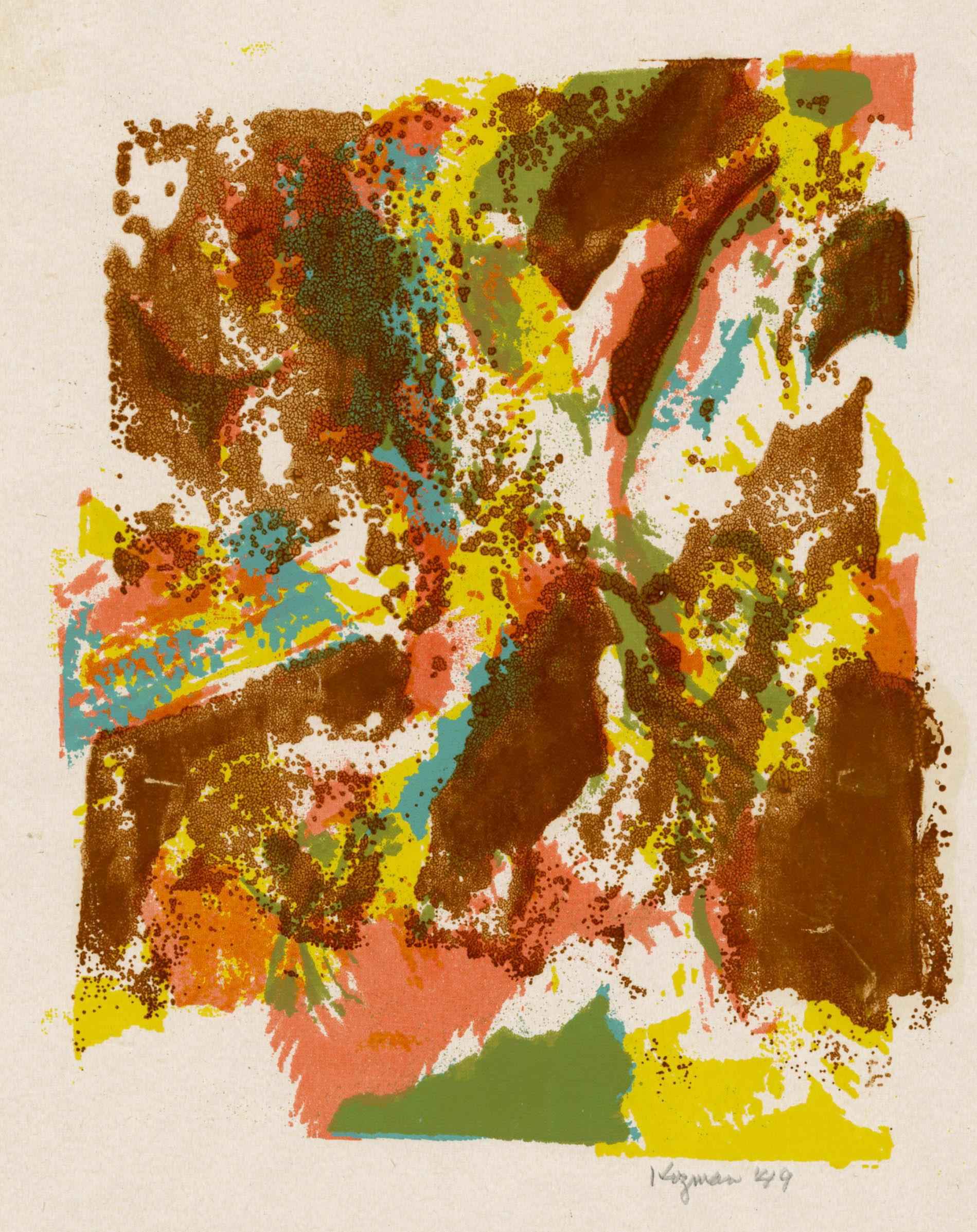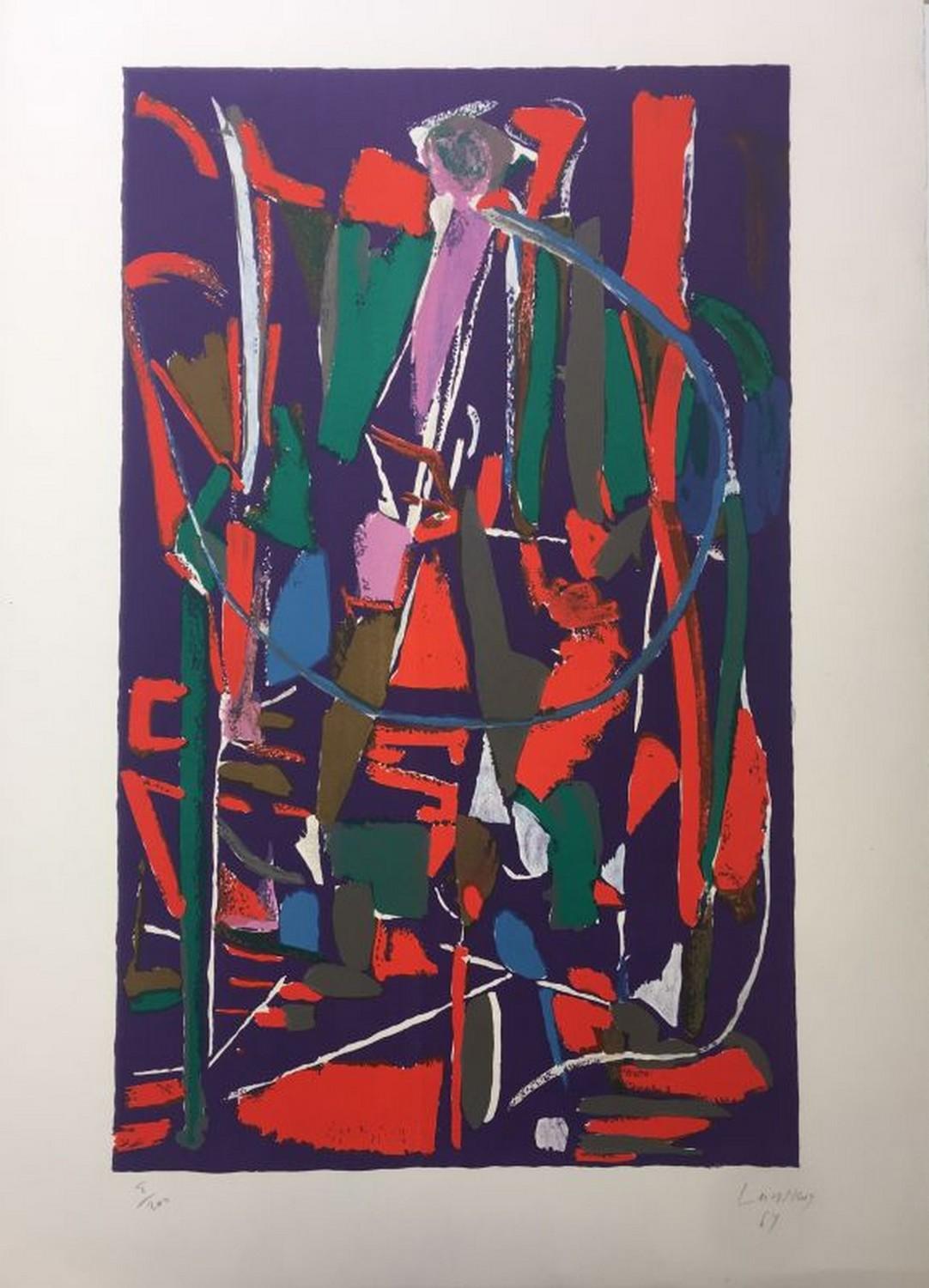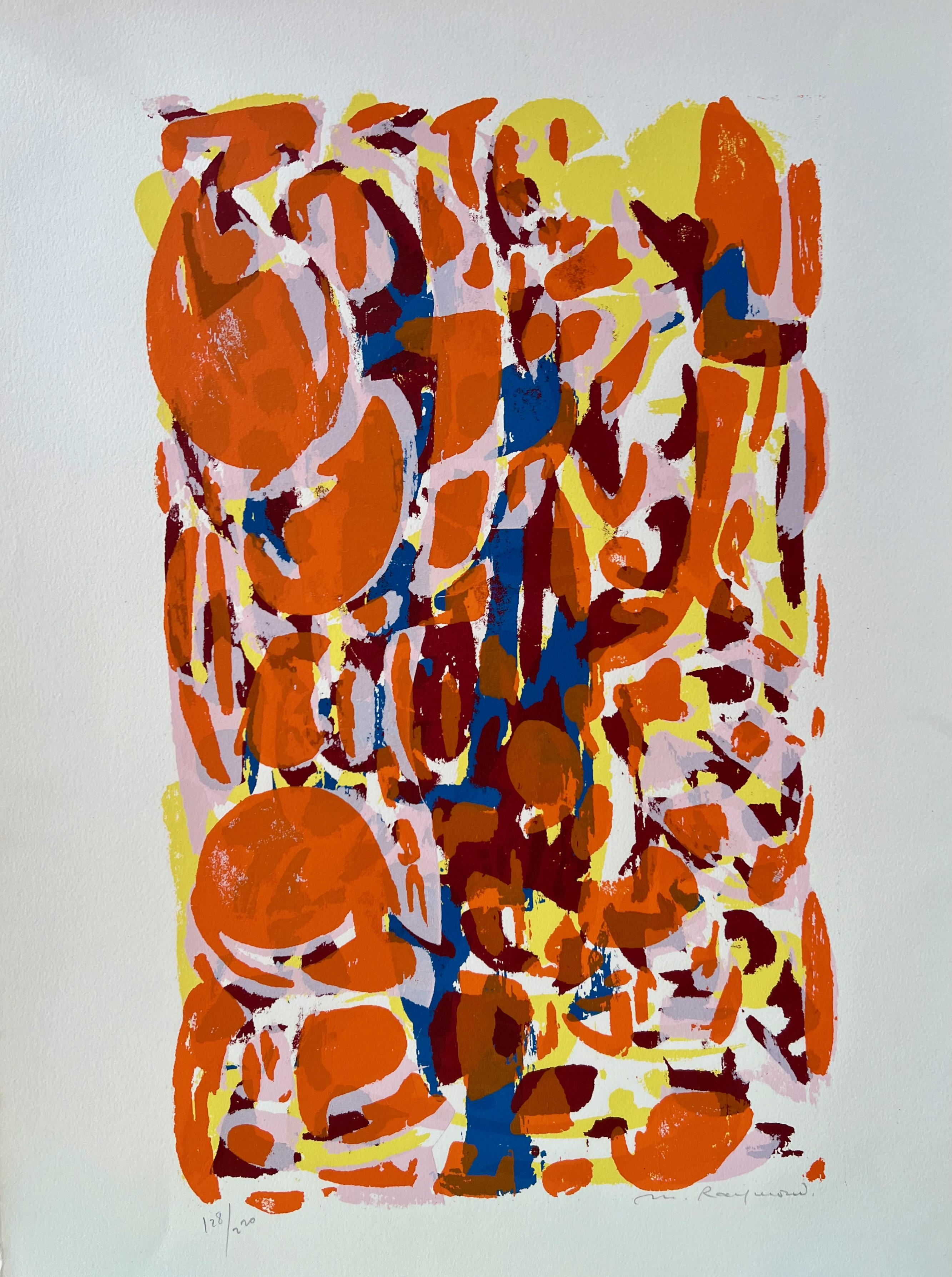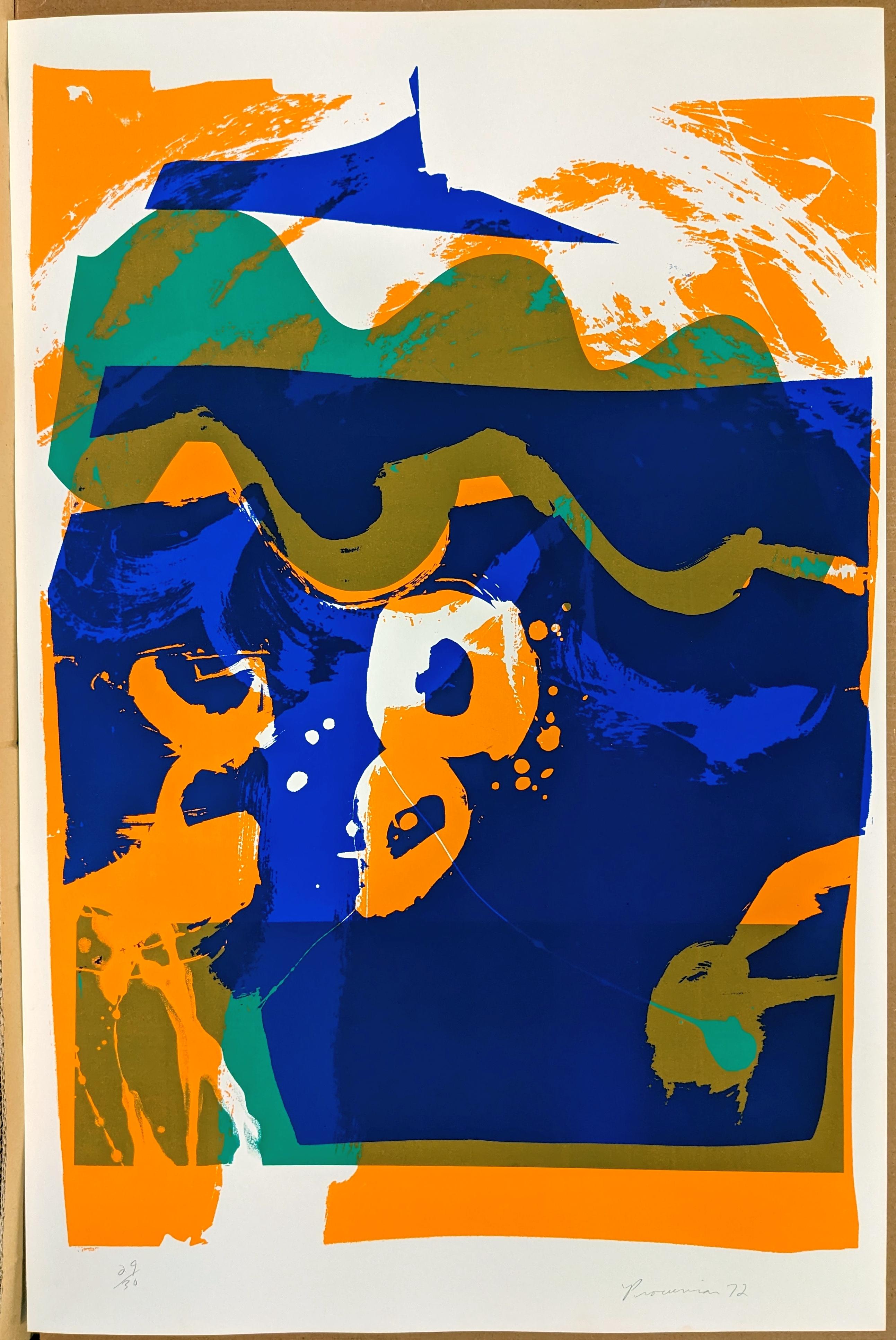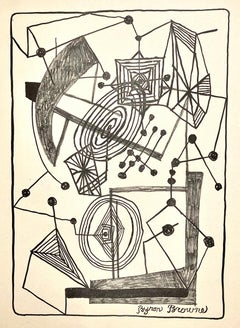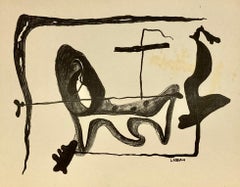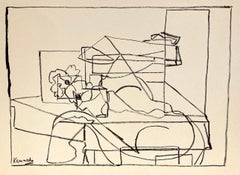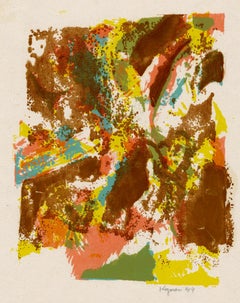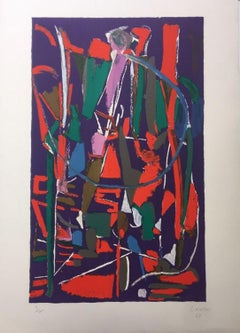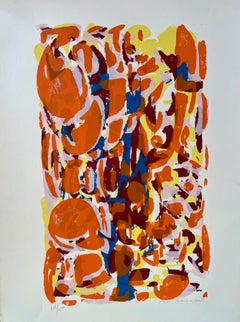Want more images or videos?
Request additional images or videos from the seller
1 of 8
Unknown(Abstraction) by DD1940
1940
$750
£582.93
€664.67
CA$1,076.06
A$1,171.32
CHF 619.22
MX$14,162.61
NOK 7,762.61
SEK 7,265.79
DKK 4,962.13
About the Item
This image is an extravaganza of modernist motifs. The monogram 'D.D.' is at the lower right.
- Creation Year:1940
- Dimensions:Height: 15.25 in (38.74 cm)Width: 13.25 in (33.66 cm)
- Medium:
- Movement & Style:
- Period:
- Condition:Small margins and tiny defects at edges. Otherwise the sheet is fine.
- Gallery Location:New York, NY
- Reference Number:1stDibs: LU141027710262
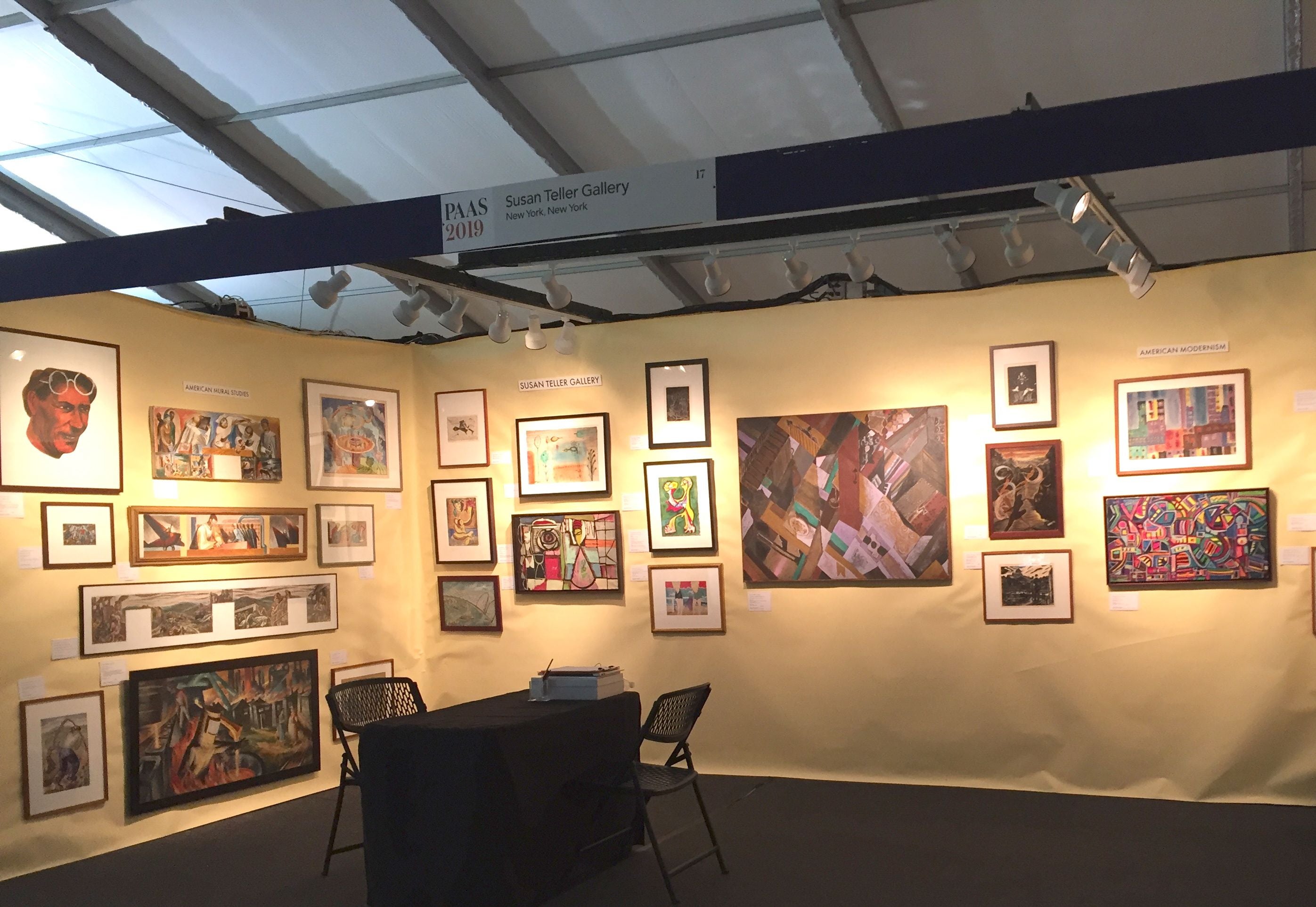
About the Seller
4.9
Gold Seller
Premium sellers maintaining a 4.3+ rating and 24-hour response times
Established in 1988
1stDibs seller since 2020
128 sales on 1stDibs
Typical response time: 3 hours
- ShippingRetrieving quote...Shipping from: New York, NY
- Return Policy
Authenticity Guarantee
In the unlikely event there’s an issue with an item’s authenticity, contact us within 1 year for a full refund. DetailsMoney-Back Guarantee
If your item is not as described, is damaged in transit, or does not arrive, contact us within 7 days for a full refund. Details24-Hour Cancellation
You have a 24-hour grace period in which to reconsider your purchase, with no questions asked.Vetted Professional Sellers
Our world-class sellers must adhere to strict standards for service and quality, maintaining the integrity of our listings.Price-Match Guarantee
If you find that a seller listed the same item for a lower price elsewhere, we’ll match it.Trusted Global Delivery
Our best-in-class carrier network provides specialized shipping options worldwide, including custom delivery.More From This Seller
View AllByron Browne, (Abstraction)
By Byron Browne
Located in New York, NY
This print was made for the American Abstract Artists Portfolio, 1937. All the images were lithographs made on zinc plates. Usually they were signed in the image -- on the plate, as ...
Category
1930s Abstract Abstract Prints
Materials
Lithograph
Alice Earl Lyall, (Abstraction -- with Figure)
Located in New York, NY
This print was made for the American Abstract Artists Portfolio, 1937. All the images were lithographs made on zinc plates. Usually they were signed or initialed in the image -- on t...
Category
1930s Abstract Abstract Prints
Materials
Lithograph
Ibram Lassaw, (Abstraction)
By Ibram Lassaw
Located in New York, NY
This print was made for the American Abstract Artists Portfolio, 1937. All the images were lithographs made on zinc plates. Usually they were signed in the image -- on the plate, as this one is. As a group they explored abstraction in the 1930s, while maintaining their individual styles. The plan was to make an edition of 500 portfolios although it seems highly unlikely that this was accomplished.
Ibram Lassaw (1913-2003) was primarily known for his sculpture. Born in Egypt to a Russian family...
Category
1930s Abstract Abstract Prints
Materials
Lithograph
M. Kennedy, (Interior)
Located in New York, NY
This print was made for the American Abstract Artists Portfolio, 1937. All the images were lithographs made on zinc plates. Usually they were signed or initialed in the image -- on t...
Category
1930s Abstract Abstract Prints
Materials
Lithograph
Martha Reed, (Color Abstraction) (Head?)
By Martha Reed
Located in New York, NY
Martha Reed was the daughter of the artist Doel Reed and as an adult she joined her parents in Taos, New Mexico.
There she designed clothes with a south-we...
Category
Mid-20th Century American Modern Abstract Prints
Materials
Linocut
Adja Yunkers, (Small Abstraction)
By Adja Yunkers
Located in New York, NY
The Adja Yunkers abstraction is a lithograph made in the first year of the iconic printmaking workshop Tamarind, founded by the great June Wayne (with Clinton Adams and Garo Antreasi...
Category
Mid-20th Century American Modern Abstract Prints
Materials
Lithograph
You May Also Like
Untitled
By Myron Kozman
Located in Fairlawn, OH
Untitled
Screen print, 1941
Signed and dated in pencil lower right
From an unnumbered edition of 6
Condition: Excellent
Image size: 7 1/4 x 5 3/4 inches
Sheet size: 10 x 8 inches
Pr...
Category
1940s Abstract Abstract Prints
Materials
Screen
Abstract I
Located in San Francisco, CA
This artwork titled "Abstract I" c.1990, is an original color screenprint by noted American Artist Jeffrey Long, b.1948. It is hand signed and numbered 30/150 in pencil by the artist...
Category
Late 20th Century Abstract Abstract Prints
Materials
Screen
no title
By André Lanskoy
Located in Paris, FR
Lithograph, 1969
Edition : 8/200
71.00 cm. x 50.00 cm. 27.95 in. x 19.69 in. (paper)
59.00 cm. x 36.00 cm. 23.23 in. x 14.17 in. (image)
Handsigned by the artist in pencil
Ref : LC...
Category
1960s Abstract Abstract Prints
Materials
Lithograph
abstract composition
By Marie Raymond
Located in Belgrade, MT
This color lithograph is part of my private collection since the 1970's. Marie Raymond was a pioneer post WWII painter of her generation. She was a lyrical abstractionist of her time...
Category
Mid-20th Century Abstract Expressionist Abstract Prints
Materials
Color, Lithograph
$600 Sale Price
20% Off
Abstraction
Located in Toronto, ON
39.5" x 29" Unframed
Original Monoprint
Hand Signed by Dennis Frings
Category
21st Century and Contemporary Abstract Prints
Materials
Monoprint
$1,500
untitled
Located in New York, NY
Gestural screenprint, number 29 from an edition of 30
Category
1970s Abstract Abstract Prints
Materials
Screen
